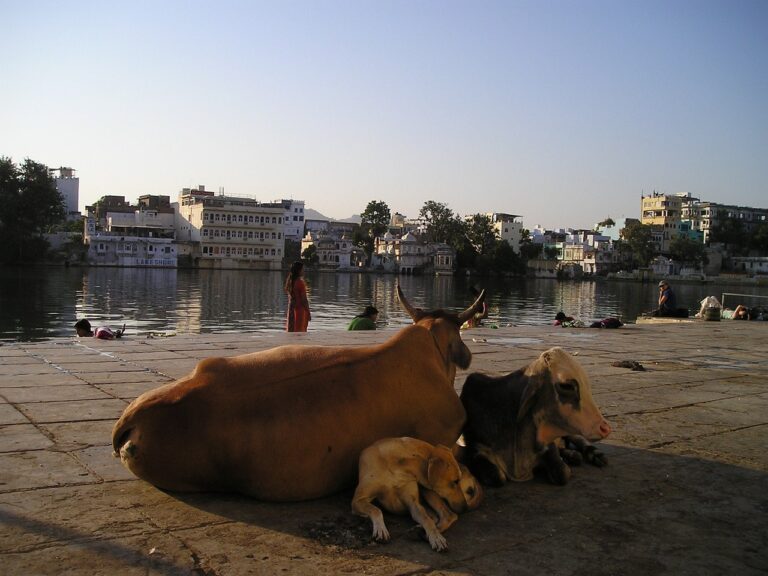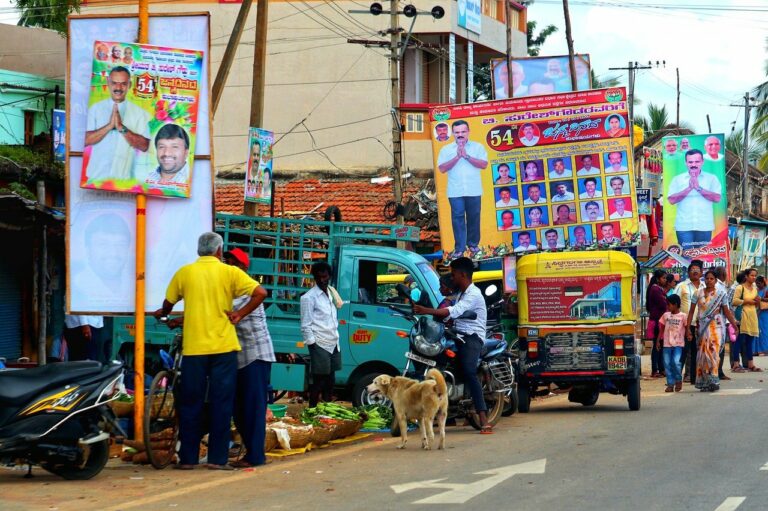Political Cartoons and Their Impact on Voter Perception
Political cartoons have a rich history that dates back centuries. These thought-provoking images have been used as a powerful medium to critique and satirize political figures and events. Originating in the 18th century, political cartoons grew in popularity during times of social and political upheaval, serving as a tool for the common people to express dissent and hold those in power accountable.
In the past, political cartoons were often featured in newspapers and magazines, providing a visual commentary on current affairs. Artists like Thomas Nast in the United States and James Gillray in Britain were pioneers in the field, using their illustrations to sway public opinion and shape the narrative surrounding important issues. Over time, political cartoons have evolved to encompass a wide range of styles and themes, reflecting the changing landscape of politics and society.
The Role of Satire in Political Cartoons
Political cartoons have long been recognized for their ability to convey strong political messages through the clever use of satire. Satire, a form of humor that aims to criticize and ridicule human behaviors or societal issues, plays a crucial role in political cartoons by offering a sharp commentary on political events and figures. Through the use of humor, exaggeration, and irony, political cartoonists are able to highlight the absurdities and injustices in the political world, challenging authority and holding those in power accountable.
By using satire in political cartoons, cartoonists are able to engage audiences in a way that is both entertaining and thought-provoking. The use of humor allows complex political issues to be distilled into simple yet impactful images that can easily resonate with a wide range of viewers. Satirical political cartoons have the power to stimulate public discussion, provoke critical thinking, and even mobilize social movements by presenting contentious issues in a lighthearted yet incisive manner. The underlying wit and sarcasm in these cartoons serve as a potent tool for dissent and resistance, making them a powerful form of expression in the realm of political commentary.
How Political Cartoons Influence Public Opinion
Political cartoons hold a unique power to shape public opinion by portraying complex political issues in a visually captivating and engaging manner. Through the use of humor, exaggeration, and symbolism, these cartoons can effectively communicate key messages to a broad audience. By simplifying complex political issues into digestible and entertaining narratives, political cartoons have the ability to sway public opinion and provoke critical thinking among viewers.
Moreover, political cartoons often highlight societal injustices, political corruption, and other pressing issues in a way that resonates with the general public. The visual impact of these cartoons can evoke strong emotions and spark discussions about important political matters. By effectively capturing the essence of current events and political developments, political cartoons play a crucial role in shaping public discourse and influencing the opinions of individuals from diverse backgrounds.
What is the history of political cartoons?
Political cartoons have been used as a form of political commentary and satire for centuries. They have been used to criticize and poke fun at political figures and events, often using humor to make a point.
How do political cartoons influence public opinion?
Political cartoons are a powerful tool for shaping public opinion because they can communicate complex ideas in a simple and easily digestible way. They can sway public opinion by highlighting certain issues, criticizing political figures, or presenting a particular point of view.
What role does satire play in political cartoons?
Satire is a common element in political cartoons, as it allows cartoonists to criticize and lampoon political figures and events in a humorous and often exaggerated way. Satire can be used to highlight hypocrisy, absurdity, or corruption in politics.
Are political cartoons always meant to be taken seriously?
While political cartoons can have a serious message or political commentary, they are often meant to be humorous and entertaining. Cartoonists use exaggeration, caricature, and satire to make their point, so it’s important to consider the context and tone of the cartoon.







